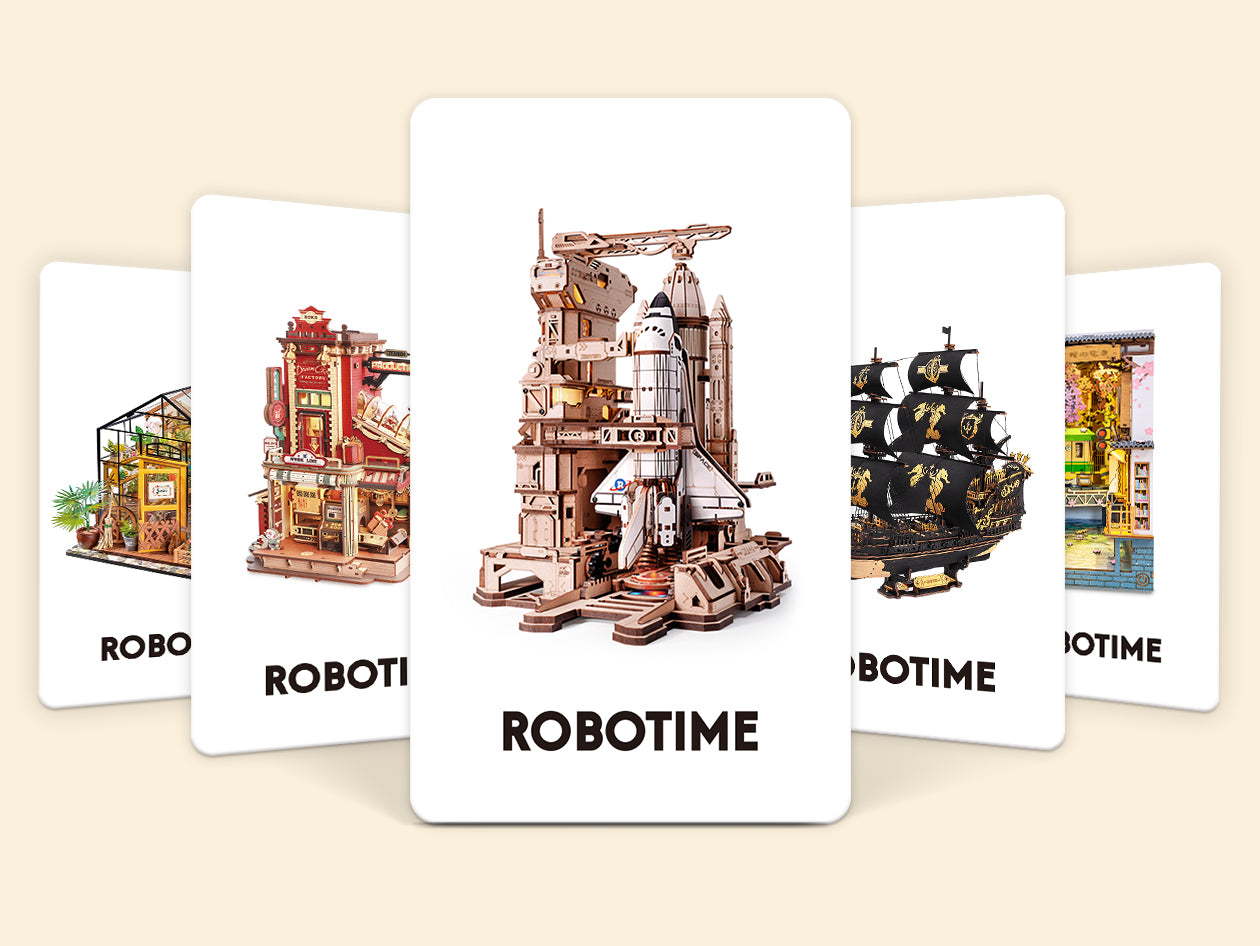
When you enjoy what you’re doing, work becomes so much easier. The same can be said for education. Students will perform better when the learning process is an enjoyable experience. This is where gamification used in education comes in.
What Is Gamification in Education?
Gamification in education is the application of gaming to an educational setting to make learning more engaging. There are two ways to apply gamification in education:
To use games primarily created for entertainment in school
Examples: Using the turn-based strategy video game series Civilization to teach world history, a group game of Scrabble to teach vocabulary and spelling while also spurring student engagement
To incorporate gaming principles and elements into teaching
Examples: Creating learning-related quests which students can accomplish to earn badges, an educational group quiz game after a lecture to improve retention
Benefits of Gamification in Education
When properly implemented, gamification used in education comes with plenty of advantages.
- Better engagement and focus: In traditional education, students passively listen to lectures and do repetitive tasks. Compared to this monotonous setup, gamification makes learning a more enjoyable process and keeps students engaged.
- Motivation: Gamification motivates students to be more responsible for their education.
- Improves creativity and problem-solving skills: Standard assignments mostly entail repetitive tasks like copying information from the Internet. With gamification, students are encouraged to think out of the box to get better scores on their assignments and tests.
- Visible progress: By using gaming principles like stats, points, ranks, and badges, students become more aware of their current standing and help them find their best next course of action to improve.
- Teaches the value of persistence: Gamification used in education will teach students the value of patience and keeping a clear mind when they hit a roadblock.
- Emphasizes the rewards of hard work: When students gain points, badges, and achievements, they are reminded that hard work, patience, and creativity will get them better rewards.
Implementation of Gamification in Education
One of the hurdles to the proper implementation of gamification in education is the students’ varying preferences. According to a 2016 publication by Dr. Nick Yee, there are 6 clusters of gaming motivations.
- Action (Engagement and Objectives)
- Social (Collaboration and Competition)
- Mastery (Strategy, Puzzle, and Challenge)
- Achievement (Badges, Rewards, and Completion)
- Creativity (Design and Customization)
- Immersion (Roleplaying)
Educators are advised to combine these gaming motivations and change their gamification tools from time to time to accommodate the students’ preferences.
So, what are some examples of gamification as an educational tool?
1. Unlock student titles and avatars
Students can unlock titles and increase avatar points to receive certain benefits like an exemption from one day of homework or a bonus point in a quiz. To achieve titles and avatar clothes or modifications, they need to complete certain tasks like turning a project in before the deadline and taking notes.
2. Give out badges
Educators can award their students badges to recognize the completion of certain tasks and achievement of specific milestones. It’s also a good idea to give out badges for healthy learning habits such as focus, persistence, and creativity.
3. Implement a quest system
Turn learning objectives into quests to motivate students. This can be a mix of solo, group, and class quests to not only boost their personal growth but also their socialization and collaboration skills. Award points based on the difficulty of the quest. They can exchange these points for perks or small items bought from the class fund.
4. Connect popular games to lessons
Use subject lessons as a theme for popular board games, game show concepts, and other fun activities like charades.
For example, teachers can use the Who Wants to be a Millionaire format in the classroom by using questions related to the current lesson. It’s also a fun idea to create a historical version of Monopoly where the properties are important landmarks or country capitals and students have to correctly answer a question first to purchase the property they’ve come across.
5. Maintain a leaderboard
To encourage health competition in the classroom, educators can utilize leaderboards and rankings based on the points gathered from different tasks. Depending on the students ranking, they can enjoy certain privileges such as exemption from homework, bonus points in their final grades, or additional quiz points.
Last Thoughts
While gamification used in education has plenty of benefits, there are some challenges that educators should be aware of. A gamification concept that’s too complex can confuse some students. Tasks and quests shouldn’t also be too hard that curiosity and interest are replaced with anxiety and frustration.
Educators should look out for students who are trying to cheat, manipulate, or coerce their way to get higher points and better rewards. At the same time, overemphasis on rewards and privileges can detract students from the true goal which is to learn.
To put it simply, balance and proper implementation are crucial to reap the benefits of gamification used in education.
Robotime is a creative lifestyle company dedicated to designing and developing 3D puzzles, toys, and wooden handicrafts. Subscribe to learn more.

















Leave a comment
This site is protected by hCaptcha and the hCaptcha Privacy Policy and Terms of Service apply.